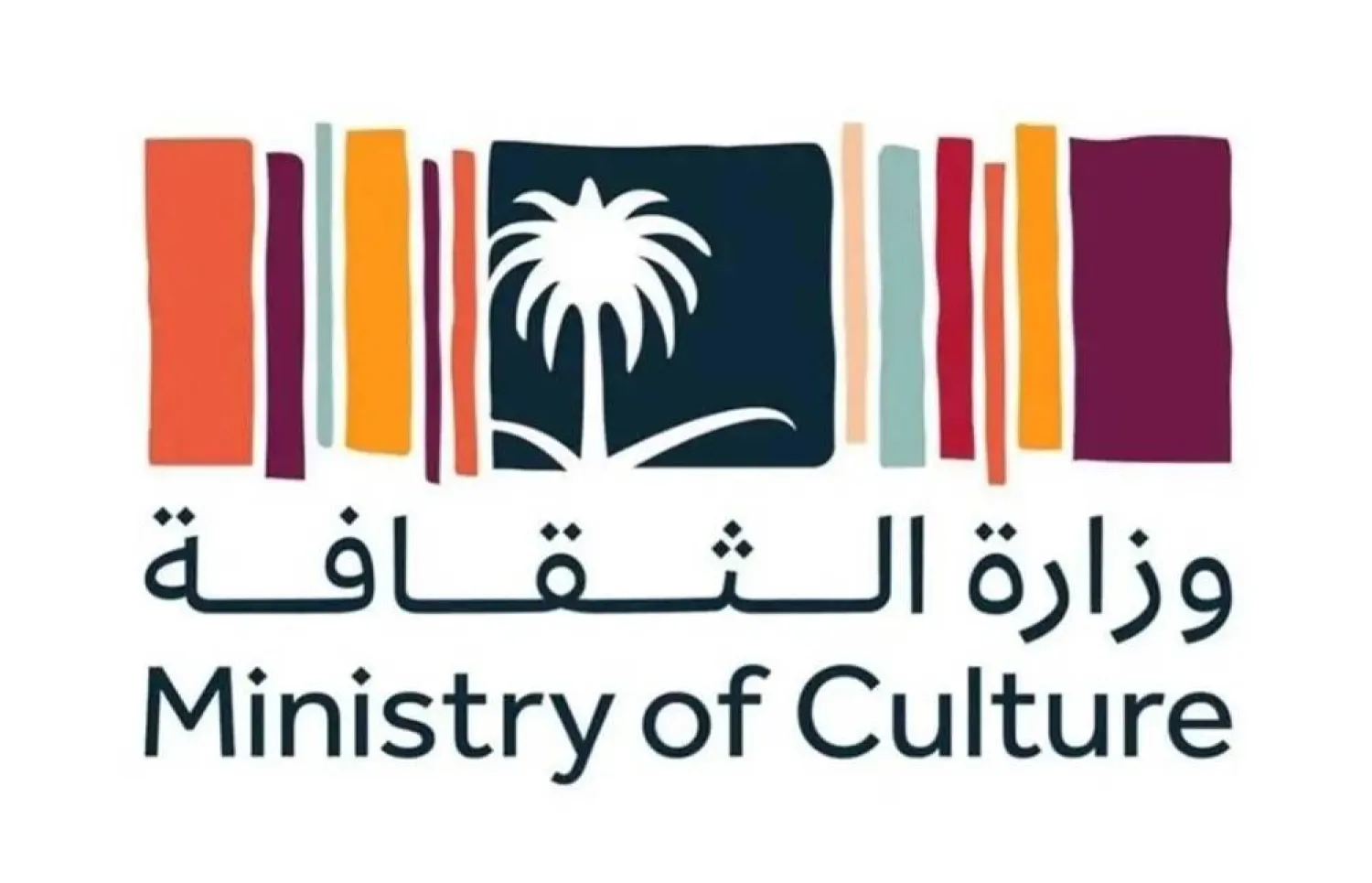In the 1930s, as Muslims began their regular pilgrimages to the holy sanctuary in Makkah for Umrah and Hajj, signs of modernization emerged under the Saudi reign.
One significant addition was a giant clock atop Makkah’s government building, commissioned by King Abdulaziz. This clock served the worshippers’ need for accurate timing during their religious rituals and prayers in the Grand Mosque.
King Abdulaziz made caring for the holy mosques and the well-being of pilgrims a top priority for the Saudi government. He set the groundwork for future kings to improve services and make the pilgrimage experience smoother for visitors to Makkah and Medina.
From the early days of Saudi rule, King Abdulaziz showed a strong commitment to serving the holy sites and pilgrims from around the world.
He pledged to protect pilgrims and ensure their comfort and rights. In a statement published in the official newspaper before the Hajj season of 1343 AH, he expressed happiness in welcoming Muslims and making their journey to Makkah easier.
Recognizing the need for better timekeeping at the Grand Mosque, King Abdulaziz imported a large clock. Its hands were visible from far away, helping worshippers in Makkah and nearby areas keep track of prayer times.
King Abdulaziz ordered the construction of the clock in 1933, placing it atop the Hamidiyah Government Building. A tower reaching 15 meters high housed the clock, elevating it over 30 meters above street level.
The clock’s white background and black hands made it visible from afar, with electric lighting illuminating it at night. Construction began and finished in 1933.
Since then, the Two Holy Mosques have received special attention from Saudi leadership, particularly under the ambitious “Vision 2030” initiative, which has made the pilgrimage easier and enhanced the spiritual experience for millions of pilgrims.









